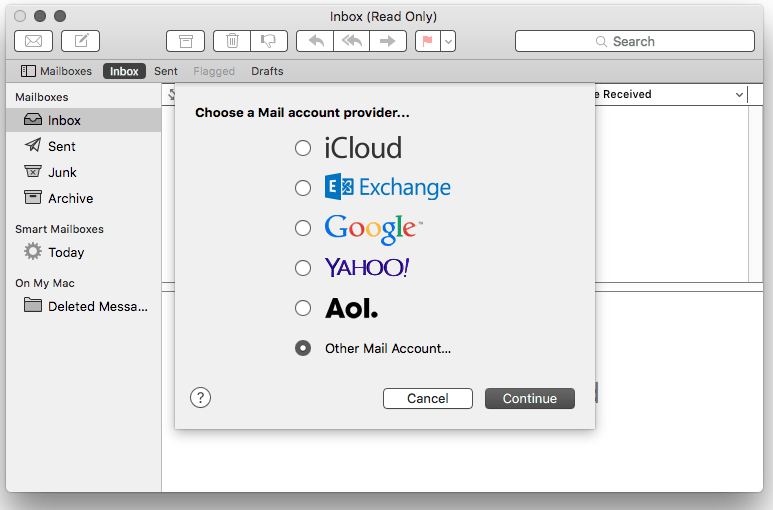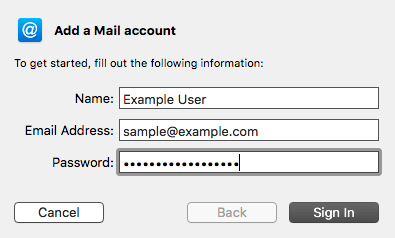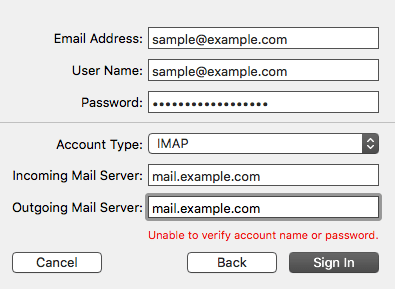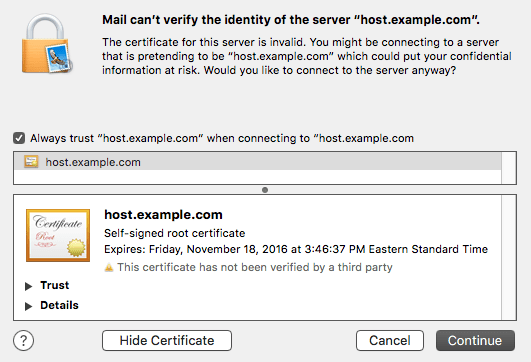Tag: Apple
How to Edit Your DNS Hosts File
One of the most powerful tools available to anyone working on their site during a migration is their computer's "hosts" file. The hosts file is used to map domain names to IP addresses, and can be used as an alternative to DNS. It also allows you to specify the IP address to which a website resolves on your computer, regardless of what may be published in the site's DNS zone file.
How to Access Your Windows Server with Remote Desktop
In this article, we explain how to use Remote Desktop to access your Windows server's desktop from anywhere in the world. On a normal Windows computer, you have a keyboard, monitor, and mouse that allow you to interact with the machine. For Windows VPS servers hosted on the Internet, things are a bit different because your server could physically be thousands of miles away. To access the desktop of an Internet-hosted server, Microsoft has created a feature known as Remote Desktop.
How to Access Your Windows Server Using Remote Desktop
In this article, we explain how to use Remote Desktop software to access your Windows server’s desktop from anywhere in the world. On a normal Windows computer, you have a keyboard, monitor, and mouse that allow you to interact with the machine. For Windows VPS servers hosted on the Internet, things are a bit different because your server could physically be thousands of miles away. To access the desktop of an Internet-hosted server, Microsoft has created a feature known as Remote Desktop.
Pre-Flight Check
- These instructions are intended specifically for setting up a new email account on Mac Mail under OS X 10.11.1 (El Capitan).
- Need instructions for an older version? Try How To Set up Email in OS X 10.5.
- For help with general email account settings, see How To Set up Any Email Client.
Step #1: Create the Account
- Launch Mail by clicking on its icon in the dock. Under the Mail menu, select Add Account.
- On the “Choose a Mail account provider” screen, select the radio button next to Other Mail Account and click the Continue button.

- On the Add a Mail Account screen, enter your name, the email address and the email account’s password.

Step #2: Account Settings
- At this point, you should see an additional popup window with a place for you to add additional settings.
- You will need to ensure that all the fields are completed:

- Email Address is the full email address you’re setting up.
- Username also is the full email address.
- Password is the email account’s password.
- Account Type will be IMAP or POP, depending on your preference. For its ability to keep email in sync across multiple devices (desktop, laptop, phones and tablets), IMAP generally is recommended.
- Incoming and Outgoing Mail Server
- If you are using non-SSL settings, both the Incoming Mail Server and Outgoing Mail Server will be your domain name: mail.yourdomainname.com (or simply yourdomainname.com).
- If you are using SSL settings, both the Incoming Mail Server and Outgoing Mail Server will need to be set to the server’s hostname (e.g., host.yourdomainname.com).
Step #3: Security Settings
- If you set up the email account with standard connection settings (mail.yourdomainname.com), or you set up the account with secure SSL settings and have an SSL certificate installed on your mail server, you can skip this section and proceed to Step 4. However, if you’re using SSL settings (host.yourdomainname.com) and your server has a self-signed (free) SSL certificate installed on the mail server, you should see a popup notification about the server certificate:

- If you receive this notification, you will need to click either the Continue button to accept the certificate and proceed, or the Show Certificate button to inspect it. Should you wish to permanently store the certificate and add it to the Keychain, you can check the Always trust box before selecting Continue. Depending on your security settings, choosing to permanently store the certificate could require you to enter your password to add it to the Keychain.

-
Note: A self-signed certificate uses the same level of encryption as a verified certificate, except that it is you who are verifying your server’s identity, rather than a third party. However, if you would prefer to use a third party verified SSL certificate to cover core services (cPanel/WHM, POP3, IMAP, SMTP and FTP) on your server, you can find instructions for ordering and installing an SSL certificate at install an SSL certificate on a Domain using cPanel, and you’ll find a guide to installing your certificate on email and other core server services at Installing Service SSLs in cPanel. Should you find that you need any assistance, please feel free to contact a Heroic Support® technician who can assist with obtaining and installing an SSL from the vendor of your choice.
Step #4: Finishing Up
- Ensure that the box next to mail is checked and then click on Done to complete the setup.
- You’re now ready to begin using your email account with mail.
Pre-Flight Check
- These instructions are intended specifically for modifying an existing email account in Mac Mail on OS X 10.11.1 (El Capitan).
- Need instructions for an older version? Try How To Set up Email in OS X 10.5.
- For help with general email account settings, see How To Set up Any Email Client.
You can edit an email account that already has been configured in Mail, for example should you decide to switch between non-SSL and SSL settings or update the password.
Configuring an Alternate Port for Outgoing Mail Traffic
Many large ISPs restrict the access to port 25 on their networks to attempt to stem the tide of spam sent out from compromised computers. If your ISP is restricting access to port 25 you will not be able to send e-mail through your server, but by enabling SMTP (Simple Mail Transfer Protocol) on a different port, like 26, it may be possible to circumvent the restriction.
This tutorial will walk you through the steps required to set up a new email account in Mail (aka Mail.app aka MacMail), the built-in email application that comes with Mac OS X.
Our Sales and Support teams are available 24 hours by phone or e-mail to assist.

